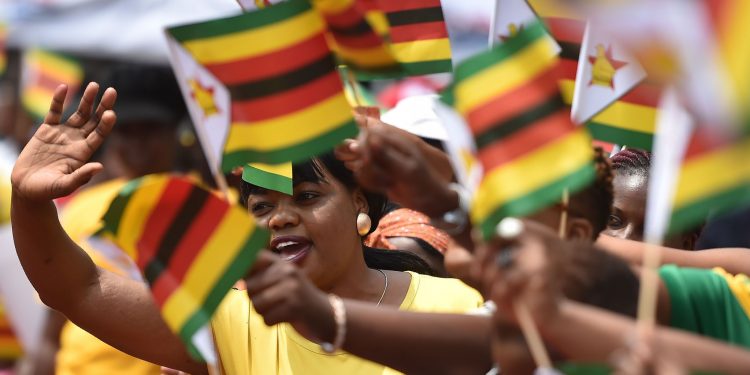State wage bill seen falling to 42pc
Treasury expects employment costs to fall to about 42 percent by year end, and to keep trending towards deemed sustainable levels of around 30 percent of total revenues, which allows more provision for investment in developmental projects.
Essentially, what this means is that the proportion of employment costs in particular and any recurrent expenditure in general, in order to be sustainable, should tally with the Government’s revenue generation capacity and also leave some space for other key programmes.
Notably, keeping employment costs within acceptable bands would not entail or necessarily mean putting a hold on salary adjustments, but growing the cake to expand the revenue in relation to costs, rationalising expenditures, living within own means and cutting off budget spending.
Finance and Economic Development Minister Professor Mthuli Ncube said last week in his pre-budget strategy paper week that the Government wage bill had risen from 48 percent of total revenues in 2009 to a peak of about 78,3 percent in 2017, before receding to around 61 percent in 2018. He said following fiscal reforms under the Transitional Stabilisation Programme (TSP), which runs its full course in October this year, the wage bill costs have been placed on a “sustainable footing”, with salary reviews aligned to economic growth and Government revenues.
Already, the proportion of employment costs has been cut to about 50 percent, while the Government has still been able to occasionally adjust the pay scales for its workers as and when need be.
“Consequently, employment costs are expected to continue on the downward trend to be about 42 percent by end of 2020, against deemed sustainable levels of around 30 percent of total revenues, that way allowing provision for investment in developmental projects,” Prof Ncube said.
A fundamental policy decision made under the new administration, was to live within its means and this entailed embracing a wide range of expenditure containment and revenue enhancing measures from 2018 to date. The fiscal consolidation was meant to restore economic stability through addressing perennial twin fiscal and current account deficits.
To that end, during the life span of the TSP, the Government has managed to keep the budget almost balanced while current account deficits turned into surpluses.
Fiscal deficit as a percentage of GDP declined from minus 10,5 percent in 2017 to a surplus in 2019 and with an almost balanced budget in 2020.
The excess resources have been used to cover obligations arising from emergencies such as natural disasters and unforeseen pandemics such as Covid-19, social protection and development of key infrastructure like roads, bridges and dams.
Government’s fiscal consolidation has entailed introduction of the 2 percent intermediated money transfer tax, effective October 13, 2018.
The measure managed to generate additional revenue, which acted as a buffer for exigencies such as impact of Cyclone Idai and drought and support for social services, social protection, and infrastructure development, Minister Ncube said.
The Treasury has also placed focus on maintaining balanced budgeting by placing emphasis on living within means, rationalising expenditures to create additional financial capacity for funding key programmes and enhancing delivery of public services.
Equally, the new dispensation has been reining in off-budget expenditures by scrapping unsustainable distortionary subsidies, leaving those which protect vulnerable groups including agricultural inputs, maize meal, public transport, health, education and other social services.
Further, fiscal consolidation has been implemented through containing excessive borrowing by ensuring zero recourse to RBZ financing; and restructuring of domestic debt into long term marketable instruments.-herald.cl.zw










